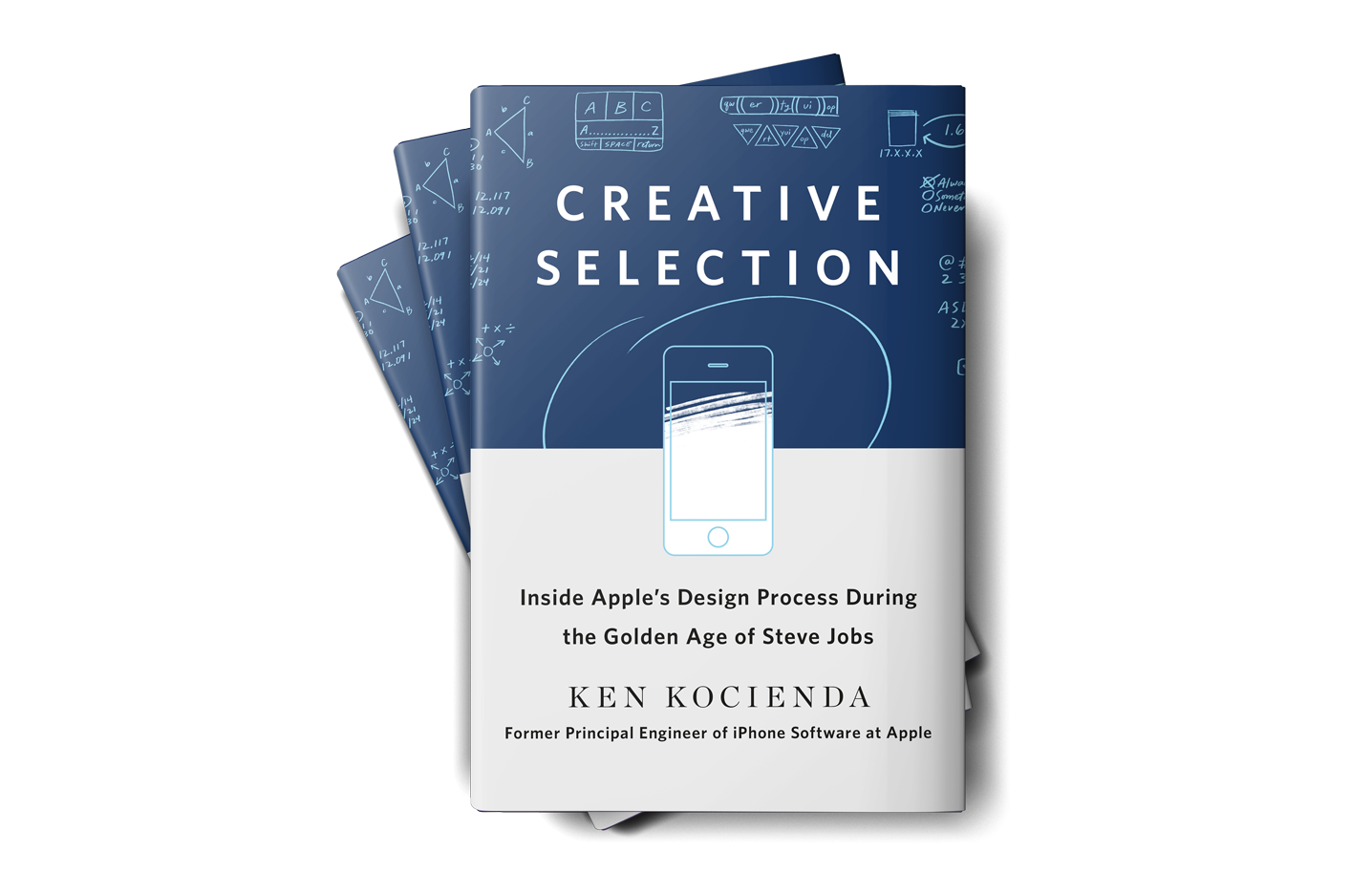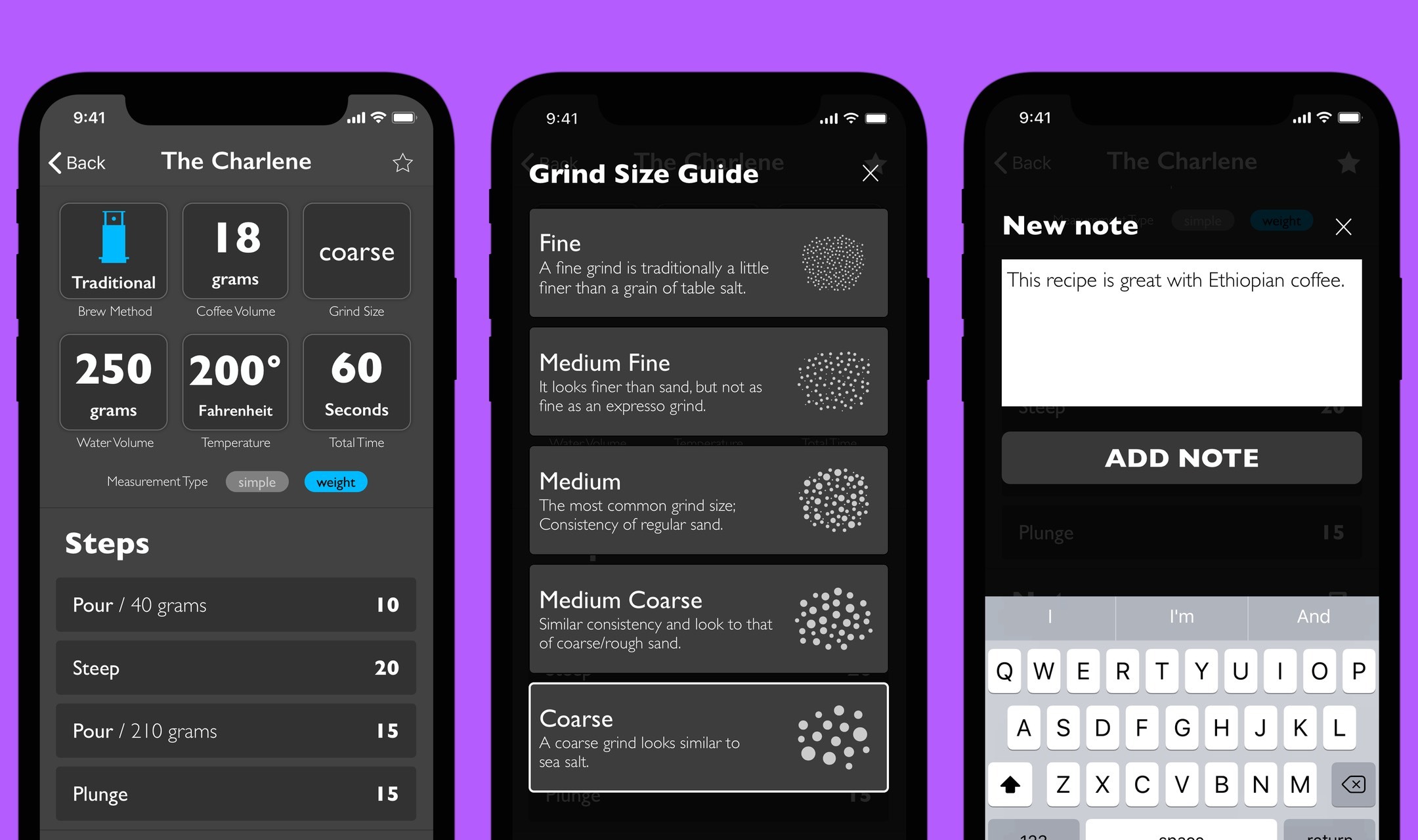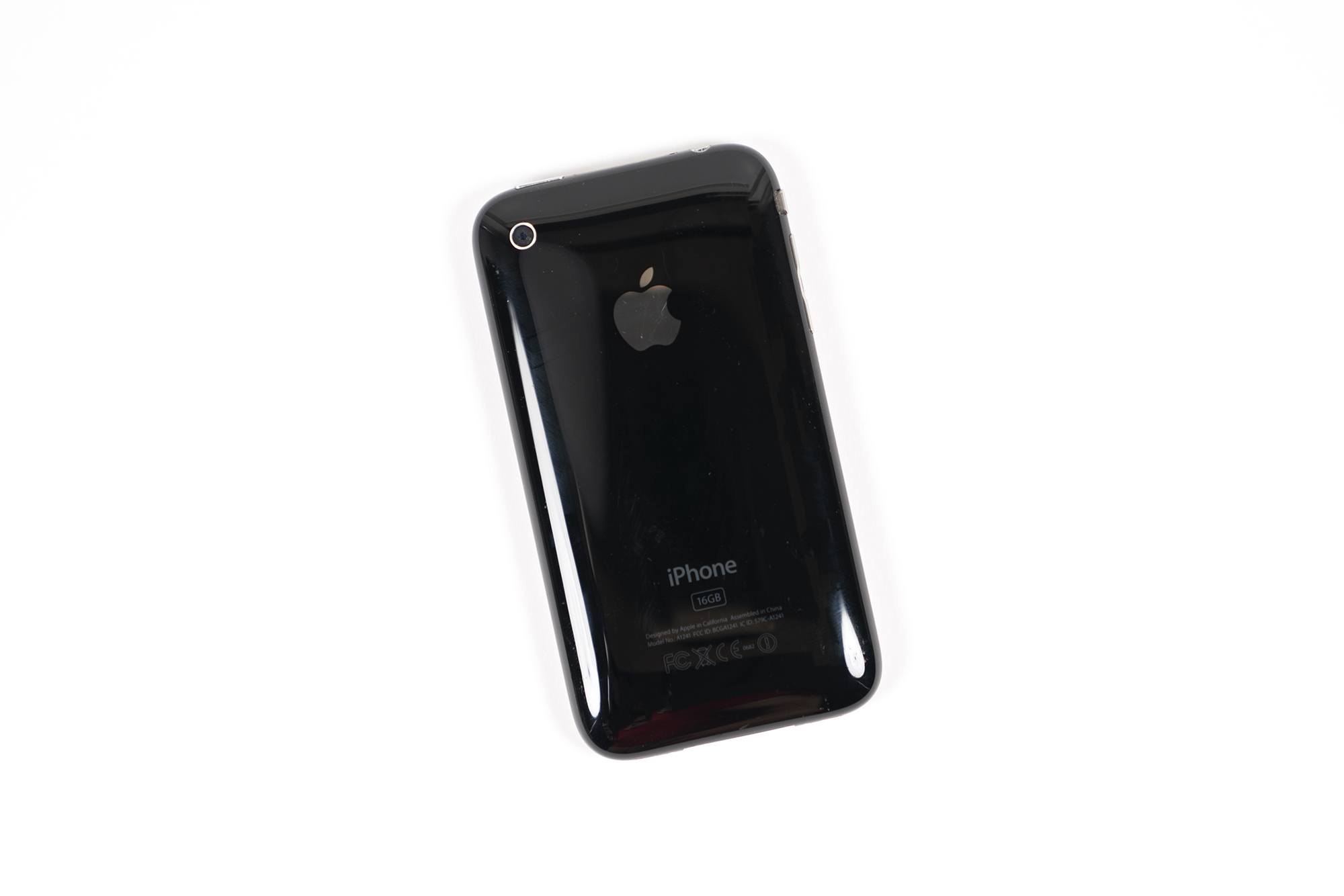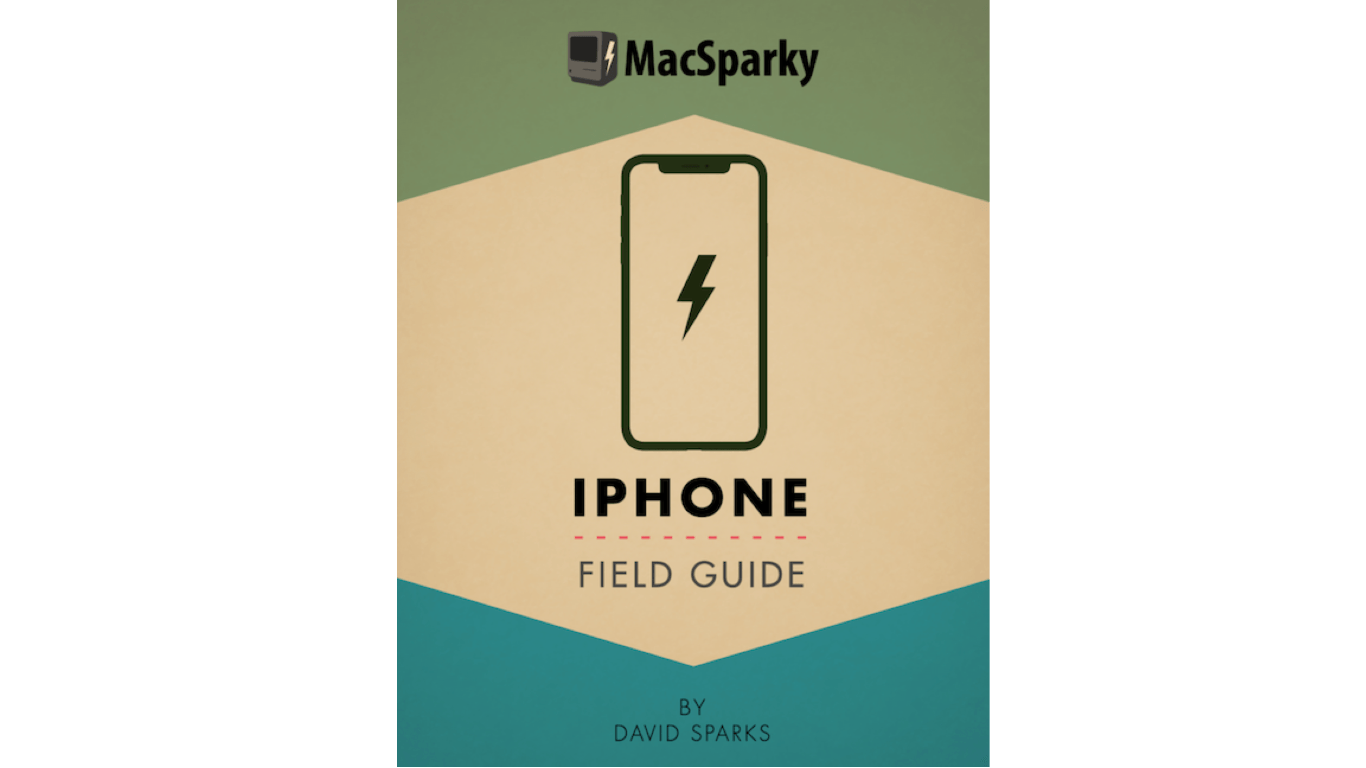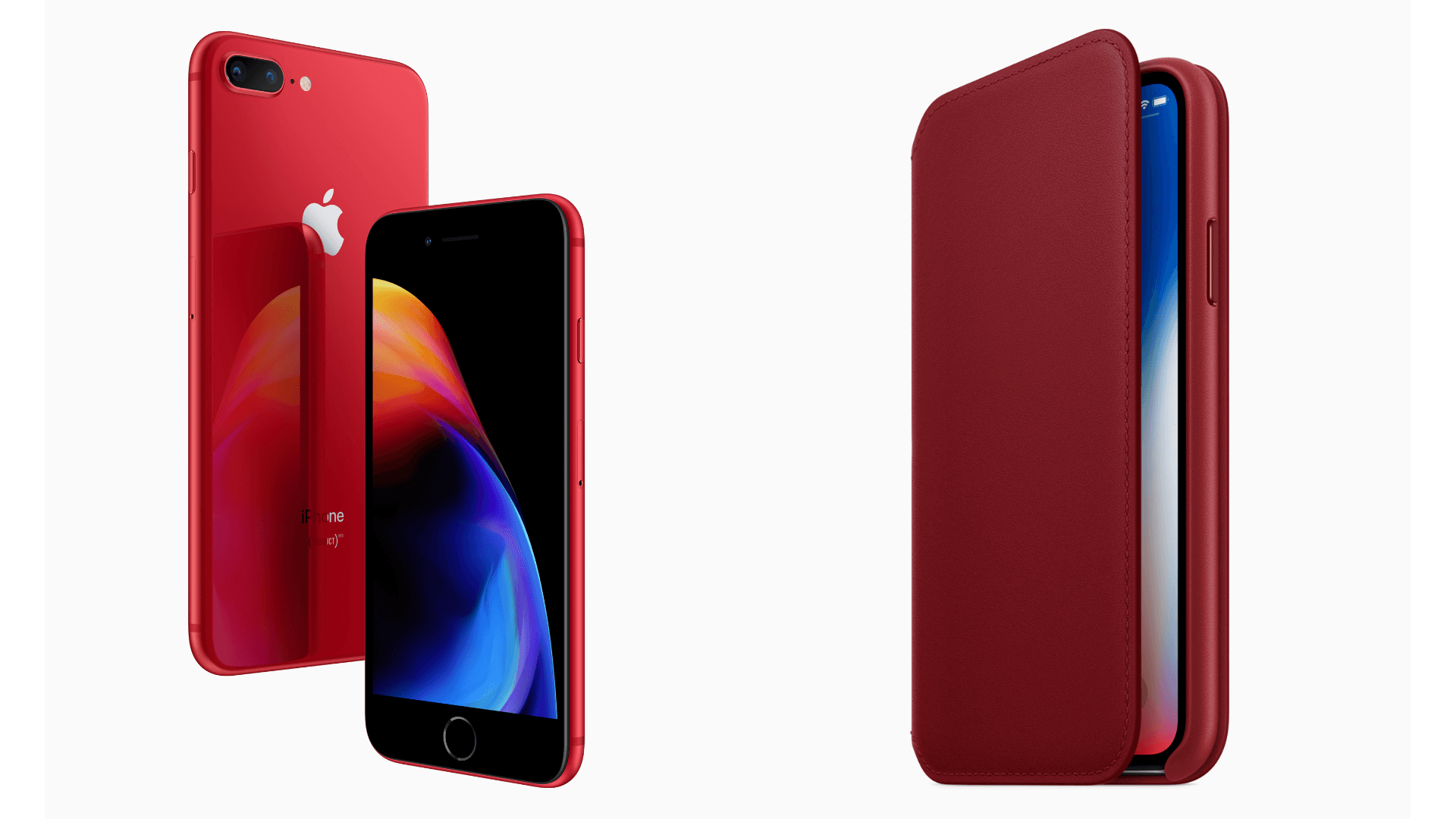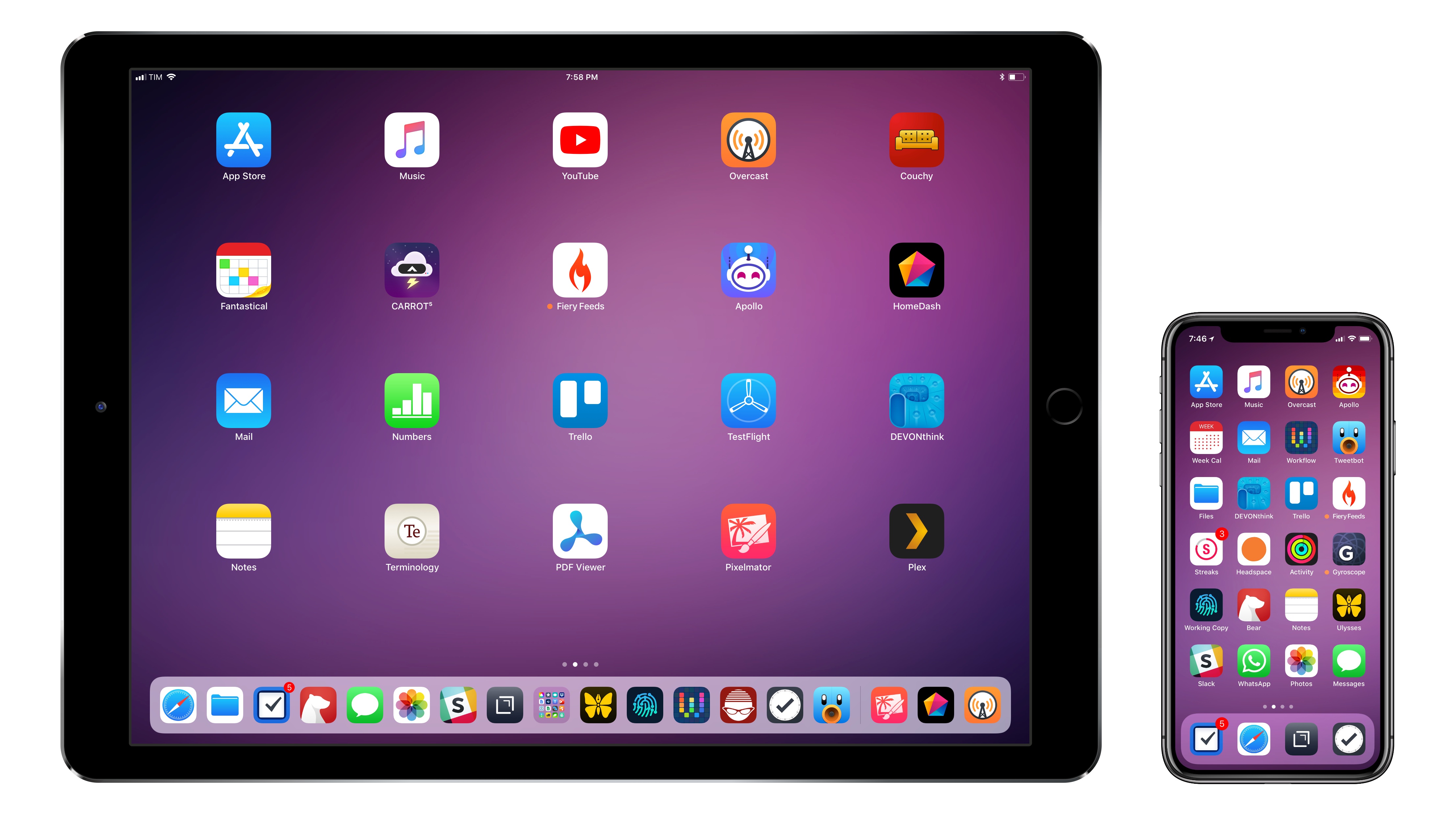Today, former Apple engineer Ken Kocienda’s book Creative Selection, which covers his career at Apple and insights about the company’s software design process, was released. As an engineer at Apple, Kocienda worked on several high-profile projects including Safari on the Mac and the touch keyboards on the iPhone and iPad. Much of the publicity surrounding the book focuses on Kocienda’s work on the iPhone. However, there is a treasure trove of interesting anecdotes about other products and people that make Creative Selection an absorbing read for anyone interested in the creative process and Apple.
Posts tagged with "iPhone"
Creative Selection Delves into Apple Software Design with Stories about Safari, the iPhone, and the iPad
Apple Announces September 12 Event
As first reported by Tim Bradshaw Apple has announced a media event for September 12, 2018 at 10:00 am. The event will be held at Steve Jobs Theater in Cupertino.
— Tim Bradshaw (@tim) August 30, 2018
Based on widespread speculation, Apple is expected to introduce new iPhones based on the iPhone X design. Rumors also point to the introduction of new iPad Pros with smaller bezels, no home button, and Face ID, a revised Apple Watch with a larger display, and perhaps a new Mac mini and MacBook Air replacement.
In addition to hardware, Apple is expected to announce release dates for updates to its operating systems, including iOS 12, macOS Movjave, and watchOS 5. As in the past, Apple should release a Gold Master of iOS 12 and Mojave shortly after the event with a public release date within approximately 10 days.
Update: Apple has announced that the September 12th event at the Steve Jobs Theater will be live-streamed.
AeroPress Timer for iPhone, Now with Custom Recipes
One of my favorite iOS kitchen utilities, AeroPress Timer ($4.99 US), has updated to version 3 with a complete rebuild and new functionality.
AeroPress Timer is an iPhone app that steps you through the stages of coffee making with an Aerobie AeroPress. Each step, Pour, Stir, Steep, and Plunge, has its own countdown timer. Once you get into the world of AeroPress, there are a hundred different variations and precise recipes for making different types of coffee, so it’s a handy guide.
The app has always had a great selection of AeroPress recipes, but the biggest, baddest new feature: you can now create and add your own recipes. You can also favorite recipes, add notes, and there’s a new visual grind size guide accessible from any recipe.
This update did lose Apple Watch functionality, which is a bummer, but the developer plan to have it back soon.
AeroPress Timer is available on the App Store.
iPhone 3G: 10 Years Later
July 2008 was a very busy time for Apple. It launched the iOS App Store, replaced .Mac with MobileMe and launched it second-ever iPhone: the iPhone 3G.
The MacSparky iPhone Field Guide is Available Now
David Sparks has a knack for breaking down big topics and making them approachable with his series of MacSparky Field Guides. His latest book, the iPhone Field Guide, covers everything iPhone-related. The guide is Sparks’ most ambitious work yet, coming in at 450 pages with over 50 screencasts.
The raw numbers are only part of the story though. New iPhone owners will appreciate Sparks’ coverage of the basics and Apple’s stock apps, but there’s a lot here for more experienced iPhone users too. The book is full of short tutorials and app recommendations to help all users get more out of their iPhones. I especially like that many of the screencasts focus on third-party apps, which is a great way for readers to get a feel for them before deciding to download.
The iPhone Field Guide is a fantastic reference that I wouldn’t hesitate to recommend to anyone who wants to take their iPhone and iOS use to the next level. Skimming through the book, I found many MacStories favorites among the apps covered, and having them all available in a beautifully-designed, interactive iBook makes picking out new apps a pleasure.
The MacSparky iPhone Field Guide is available on the iBooks Store for an introductory price of $19.99, which will increase at a later date.
Scotty Allen: “How I Upgraded My iPhone Memory 800%”→
You may remember Scotty Allen and his excellent YouTube channel Strange Parts (one of the best recent additions to my subscription list) for a video he shared in September about adding a headphone jack to the iPhone 7. After modding his iPhone with a custom case and backlit logo, Allen is back with the “ultimate” upgrade: after many failed attempts, he was able to replace his iPhone’s built-in storage, expanding it to 128 GB (up from 16 GB).
As with his headphone jack video, this is not a process that most people can try: it involves soldering, obtaining a compatible iPhone flash storage unit, and a device to manipulate data directly on the chip. However, this is a fascinating look into the world of spare iPhone parts available in Shenzhen, and I highly recommend watching the video below.
Apple Announces iPhone 8 and 8 Plus (PRODUCT)RED Models
Today, Apple introduced a (PRODUCT)RED version of the iPhone 8 and 8 Plus. Following in the footsteps of last year’s (PRODUCT)RED iPhone 7 and 7 Plus, Apple has introduced a special edition of its latest iPhone 8 to benefit the charity (RED). A portion of the profits generated by the new iPhone will be donated to (RED) to help fight AIDS.
The new iPhones, which were leaked via an internal Virgin Mobile memorandum, have a red back like the iPhone 7 did, but this year, the bezel of the (PRODUCT)RED iPhone is black instead of white. The new phone comes in 64GB and 256GB storage configurations and goes on sale online tomorrow, April 10, 2018 starting at $699 and will be available in stores Friday. In addition, Apple will release a new PRODUCT(RED) Leather Folio tomorrow for $99.
10 Years of iPhone SDK→
Whether you’re a developer who’s working on mobile apps, or just someone enjoying the millions of apps available for your phone, today is a very special day. It’s the ten year anniversary of the original iPhone SDK.
I don’t think it’s an understatement to say that this release changed a lot of people’s lives. I know it changed mine and had a fundamental impact on this company’s business. So let’s take a moment and look back on what happened a decade ago.
Craig Hockenberry published a fantastic retrospective on a decade of the iPhone SDK, which, after months of jailbreaking, allowed developers to start making real iPhone apps in 2008. It’s an excellent, well-researched story (with a lot of links, which you should open in new tabs; take your time to explore) that brings back a lot of memories. You should also check out the replies (standard and quoted) to Craig’s tweet for a lot more interesting stories.
It’s not an exaggeration to say that I wouldn’t be here, typing this post today, hadn’t Apple decided to open iPhone app development to third-party developers 10 years ago. I think many of us in this community of people who still care about this stuff at least partially owe our careers to the iPhone SDK. I’ve shared this story before, but in 2008 I dropped out of university, got a job at a physical “eBay store”, and later started blogging with a free WordPress website because I wanted to write about apps. But really, I wanted to write about iPhone apps and try as many as possible to share my thoughts with other people. That website eventually became MacStories and these words I’ve been putting out for almost 9 years now.
In hindsight, it feels strange that thousands of jobs around the world were created or inspired by a huge and sprawling corporation, but it didn’t feel that way back then. Even as a nobody watching and blogging (in poor English) from the sidelines of a burgeoning industry, that period between the spring of 2008 and early 2009 carried a palpable sense of discovery, surprise, and wild experimentation that I remember fondly. I saw app developers as pioneers charting a future we couldn’t even imagine. It was, in many ways, a different, ingenuous, more enthusiastic era – one that I hope to live through again someday.
New Apps for 2018
You can download my wallpaper here.
The new year is always an opportunity for me to take some time off work and better understand how I use technology and, more importantly, what I want from the devices I write about. Historically, that meant I would take a short break over the holidays and come back to MacStories with a handful of recommendations for new apps I wanted to test throughout the year, from text editors to finance management utilities and health apps.
This time, the break lasted a little longer. Last year was a particularly stressful one for me, and I felt that I needed to take at least a couple of weeks off all my work projects to clear my mind and make a plan for the year ahead. That turned out to be a fantastic idea: not only was I able to finally relax (to the point where I was craving the website and feeling the urge to write again) – the extended break also allowed me to identify areas of my life that I wanted to act upon immediately and improve in 2018.
This is why, when Myke Hurley asked me on Analog(ue) which big project I was working on for the new year, my first answer was “myself”. My plan for 2018 is to take better care of myself – from multiple perspectives – so I can avoid the stress of 2017, feel more inspired, write more, and, ultimately, be happier. I don’t have a single big “work project” for 2018; my goal is to improve every aspect of my daily routine, in big and small ways, so everything I do can subsequently grow as well. Essentially, I need to fix the foundation before I can build on top of it again.
In addition to new habits (which I detailed in last month’s issue of the MacStories Monthly Log for Club members; you should subscribe if you haven’t yet), this effort involves new apps I’m using to help me along the way. I decided to wait a full month after I came back to work because I wanted to see which ones would actually stick around; what you’ll find below is a collection of apps I’m now using on my iPhone and iPad on a daily basis.
While this type of story isn’t new to longtime MacStories readers, I feel like the 2018 version is more personal and pragmatic. These aren’t advanced automation apps or utilities I’m just experimenting with for the mere sake of geekery; from mental health to time tracking, each of these apps is having a tangible, positive impact on my life that I’d like to highlight.


